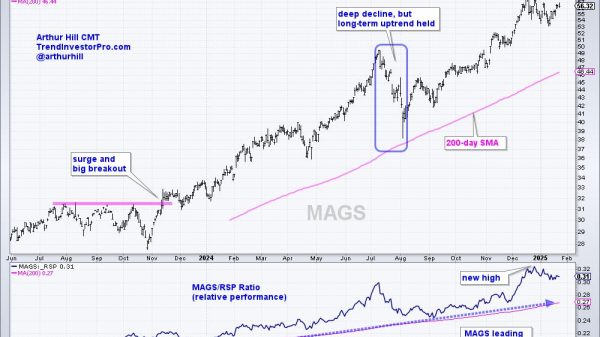When you’re considering a redesign or migration of your website, one of the primary concerns is preserving your SEO efforts. Even a seemingly minor change can have significant impacts on your search engine rankings if not managed correctly.
So, how do you ensure that your website transition goes smoothly?
Conduct a Full SEO Audit
Before making any changes to your website, the first step is to perform a comprehensive SEO audit. This will give you a clear picture of what is currently working for your site in terms of SEO. Make sure to look at the following aspects during your audit:
current keyword rankings: identify the pages that are ranking well for targeted keywords;
backlinks: record the backlinks pointing to your site, as these are crucial for SEO;
page speed: evaluate the load times for your pages and identify any areas for improvement;
internal links: map out how your pages link to one another, as a strong internal linking structure is important for SEO.
An audit allows you to create a clear baseline from which you can monitor changes after the site transition. Without this, you may lose track of critical SEO elements and harm your site’s visibility.
Create a 301 Redirect Plan
A critical element of maintaining SEO during a website change is ensuring that users and search engines can still find your content. When URLs change, whether due to a domain change or a restructuring of your site, you need to set up 301 redirects. This type of redirect tells search engines that the content has permanently moved to a new location.
Key points to consider:
Make sure that each old URL is redirected to its new, corresponding page.
A chain of multiple redirects can cause slower load times and confuse search engines, reducing SEO effectiveness.
If you’re removing or merging pages, ensure that any valuable content is redirected to relevant pages, or you risk losing ranking power.
301 redirects not only preserve your current SEO equity but also ensure users won’t land on 404 pages, which negatively affects your site’s SEO.
Keep the Same URL Structure (If Possible)
One of the easiest ways to maintain SEO is to retain your existing URL structure. By doing so, you eliminate the need for many redirects and ensure that search engines can continue to index your content as before.
However, if your website restructuring requires a change in URL structure, make sure to follow best practices, such as keeping URLs short and including keywords naturally. A clear, logical URL structure helps both users and search engines understand your website better.
Optimize for Mobile and Speed
As part of your website change, it’s a good idea to ensure your new site is fully optimized for mobile devices and has a fast loading speed. With Google’s mobile-first indexing and the importance of site speed for ranking, these are crucial elements in preserving and enhancing your SEO.
Here are a few tips:
ensure your website works well on different screen sizes and provides a seamless experience for mobile users;
compress images without compromising quality to improve page load times;
implement browser caching to load pages faster for repeat visitors.
A faster, mobile-friendly website not only helps with SEO but also improves user experience, leading to higher engagement and lower bounce rates.
Update Your Sitemap and Robots.txt
After your website changes, you’ll need to update your sitemap to reflect the new structure. This helps search engines understand how your site is organized and ensures that all your important pages are crawled and indexed. Submit your updated sitemap to Google Search Console and other search engines.
Additionally, check your robots.txt file to ensure that you’re not accidentally blocking any important pages from being crawled. A misconfigured robots.txt file can prevent search engines from indexing your content, which will hurt your rankings.
Test and Monitor
Once your website has been changed, it’s essential to monitor how it performs both in terms of SEO and user experience. Use tools like Google Search Console, Google Analytics, and third-party SEO tracking tools to evaluate the following:
keyword rankings;
traffic;
crawl errors.
If you notice any negative changes, act quickly to diagnose the problem and resolve it. Regular monitoring will help you catch any issues early and minimize their impact on your SEO.
Update External Links
If your website URL structure changes, it’s important to update any external backlinks that point to your site. Reach out to websites linking to your old URLs and ask them to update their links. While 301 redirects help, direct links to the new URLs are better for SEO.
Focus on high-quality backlinks from reputable websites, as these provide the most significant SEO value. Ensuring that your most powerful backlinks are pointing to the right pages helps you maintain your SEO authority.
Conclusion
Changing your website doesn’t have to result in lost SEO, but it does require careful planning and execution. Be proactive about monitoring your site’s performance post-launch to address any issues before they affect your rankings.
Source: https://netpeak.us/services/seo/
Read more:
How to Keep SEO When Changing a Website?























